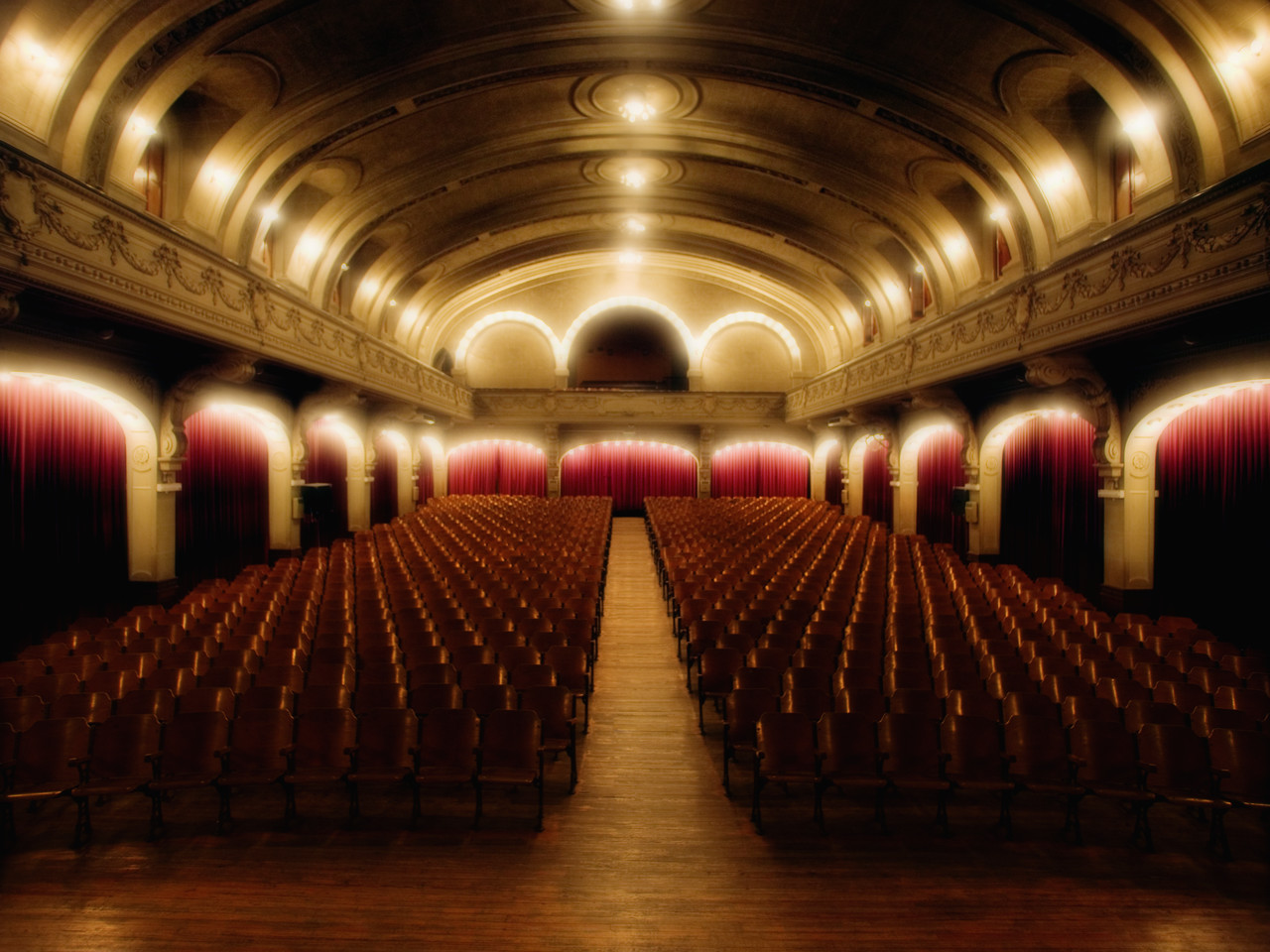WEST LONG BRANCH, N.J.–The current construction on Edison Hall is the first step in transforming the way science is taught at Monmouth University. The construction, which began this past summer and is predicted to be complete in 2017, consists of replacing the link that once connected Edison and Howard Halls and renovating the entirety of the science building.
Monmouth University has hired Red Bank-based construction company Torcon Construction as the manager for the project, although other subcontractors will be involved in the construction process as well.
“The ‘old’ link could not be modified to meet the requirements of the Science Program,” said Vice President of Administrative Services, Patricia Swannack. “We needed to expand the space available in the link [including a new ground level] because the existing structure could not meet the requirements.”
These modifications include new teaching laboratories for biology and chemistry, preparation laboratories, open study lounges, the new suite for the Urban Coast Institute and School of Science Dean’s office, department offices, a vivarium where living animals are maintained, and a large multi-purpose room. This is in addition to new fundamental machinery such as chillers, boilers, cooling towers, pumps and electrical distribution equipment.
Vice Provost for Graduate Studies and former Dean of the School of Science, Dr. Michael Palladino, feels that the construction is necessary for the growth of the School of Science and will benefit all Monmouth students.
“Edison and Howard Hall were constructed in the 1960s when the way science was taught was very different (and less effective) than how modern science is taught,” said Palladino. “I often refer to these buildings as ‘Sputnik Era’ science buildings because they reflect how utilitarian buildings were constructed at the time with little thought about how people interact with each other.”
“Science enrollment has grown over 40% since 2008 so we need additional modern teaching, research and study spaces for our students,” he continued. “We wanted to create a building that would welcome non-science majors as well and in turn help them appreciate the importance of science to society.”

It is believed the renovations will serve the dual purpose of providing a more effective academic environment while also allowing Monmouth University to better compete with other institutions who have already updated their facilities.
Palladino, who has traveled to more than 150 science buildings across the country as a textbook author and researcher remarked that Monmouth needs the renovations in order to stay ahead of the curve and competition of other college science buildings. According to him, many other institutions already renovated their 1950s- and 1960s-era structures during the 1980s and 1990s, and are now progressing with even more advanced building plans.
However, he noted that the improvements to the science building have their limitations.
“[The renovations] will not provide much room for further growth of science programs through new programs or enrollment increases nor will it allow us to consider expansion into graduate programs in biology and chemistry,” said Palladino.
In addition to this, the extensive construction plans will cost approximately $42 million, which according to Palladino is the largest capital project for an academic building in the University’s history.
Considering the tuition and fees summary on Monmouth’s website, $42 million would approximate the tuition fees of 1,246.3 non-resident, full-time students. It would be the equivalent of the tuition and additional housing and meal fees for 909.1 full-time, resident students.
Both Swannack and Palladino recognize that the construction may be an inconvenience for faculty, staff and students. However, they note that it will be worth the final result.
“I do believe this project will benefit the campus for decades to come once complete,” said Swannack.
“Noise, dust and other disturbances will happen along the way,” said Palladino. “We’re asking everyone to be as flexible as possible and understand that these are minor and temporary inconveniences for us to work through together in anticipation of a great new building for the future.”
Freshman Emily Gibilisco, who has class in Edison Hall twice a week, does not feel that the construction has a significant impact on her classes, but notes that she can hear the noises of the tools in one of them.
Senior Alex Koutsoutis in on the same page as Gibilisco.
“It is a slight inconvenience, nothing big,” he said.
Despite the minor inconveniences of the current construction, the Monmouth University campus community can expect the renovations of Edison Hall to distinguish the University as a place of increased academic discovery.




